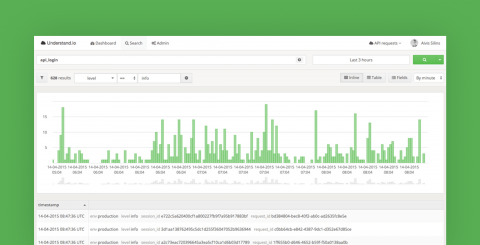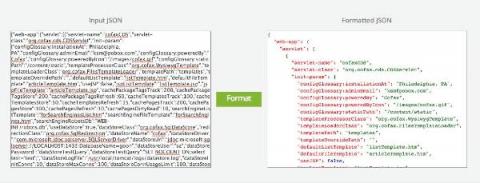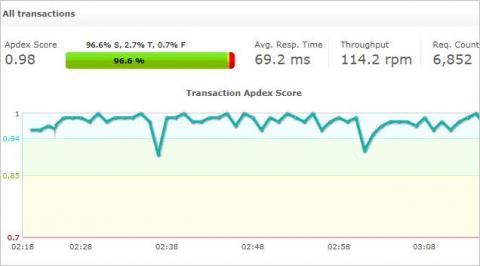Operations | Monitoring | ITSM | DevOps | Cloud
Blog
Pagerduty Alternative :Top 10 Reasons AlertOps is Better Than PagerDuty
Pagerduty Alternative: 10 Reasons why AlertOps is the best.
Understand.io – Log Management with Powerful Searching
Understand.io is an online event and log management system which enables you to release immense value from log data that you already collect. You can get complete application visibility in real-time, helping you to track down error messages, application requests, customer problems, and much more.
Easy Debugging with JSON Formatter and Validator - Free Tool
How often do you stare at a JSON string cluster, hoping to interpret it? How many times do you wring your hands in despair, looking for the syntactical error that's causing the chaos? Well, we have some good news for you. We are here to help you cut down the long hours you spend in deciphering these extensive JSON strings.
Gain competitive advantage with faster websites using better image compression
Two Factor Authentication - What it is and How to implement it
One of the biggest pains of using the internet today is constantly being forced to create new accounts to use basic services on the internet. While many tech savvy users know to use password managers to allow them to create unique strong passwords for each website, the average internet user is much less sophisticated.
Application performance Monitoring - Key to Business Success
Update:~Visualize Web Transactions end to end, with performance metrics of all components starting from URLs to SQL queries with Site24x7 APM Insight Application down-time can be nightmarish Consider you are the owner of an~e-business~portal and due to the slow response time of a search request, a customer decides to move to a competitor's website. That's certainly painful.
Analyze root cause of a downtime with Site24x7 RCA report
Site24x7's Root Cause Analysis (RCA) Report offers valuable insights on the various issues in your IT infrastructure. In this post, we will see how to interpret an RCA report and how to put RCA to optimal use in identifying and addressing performance and network issues. RCA is different from a conventional downtime alert. Conventional downtime alerts contain details like start time of the instance and Traceroute if available, which is sufficient for you to know what has happened.
Simple Authentication with AWS Cognito
I was recently doing some work related to AWS Cognito, which I wasn’t previously familiar with, and it turns out to be pretty interesting. Stackery has a cloud-based app for building and deploying serverless applications, and we use Cognito for our own authentication. The thing I was trying to do was hard to figure out but easy once I figured it out, so I’ll include some code snippets related to my specific use case.











